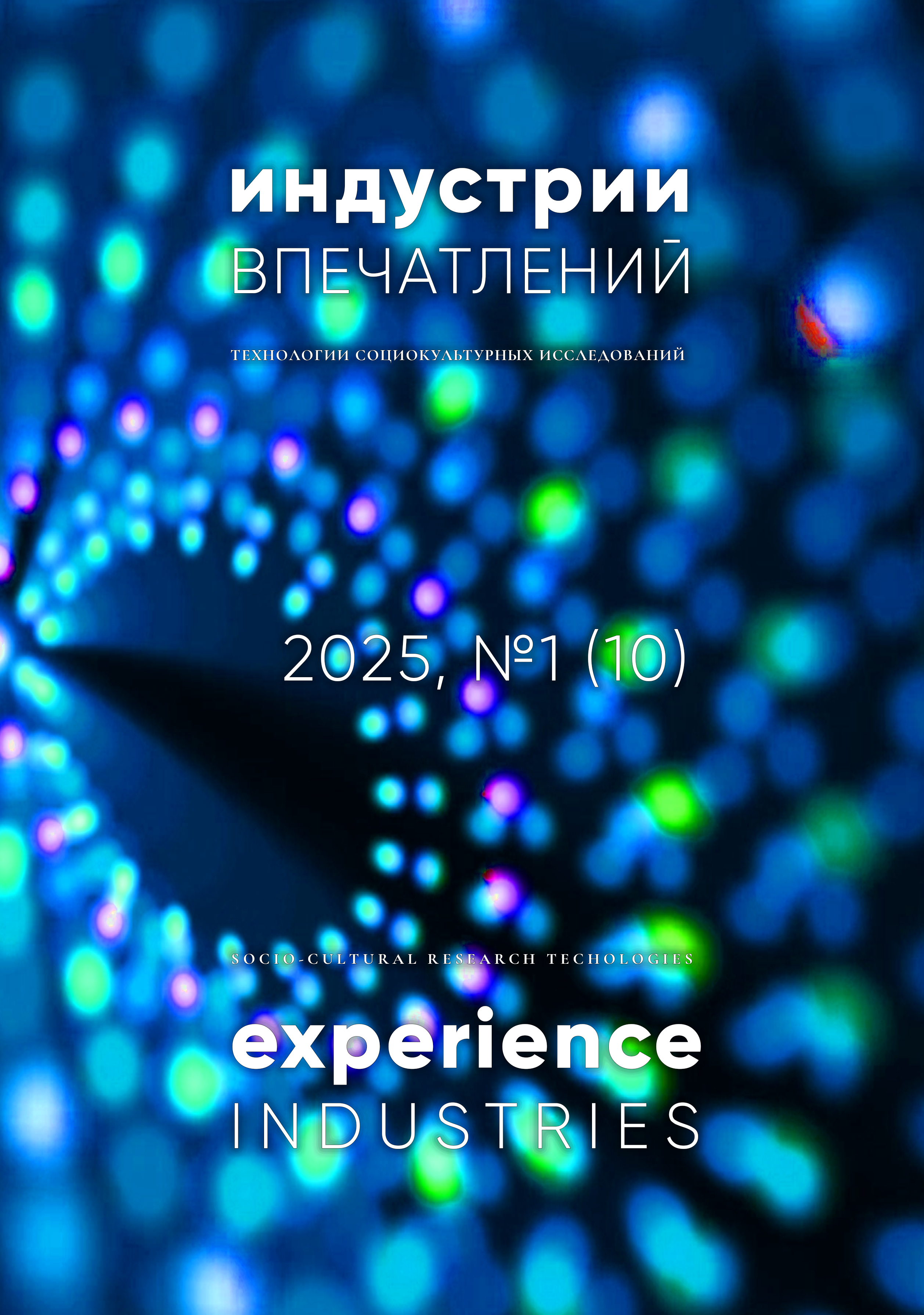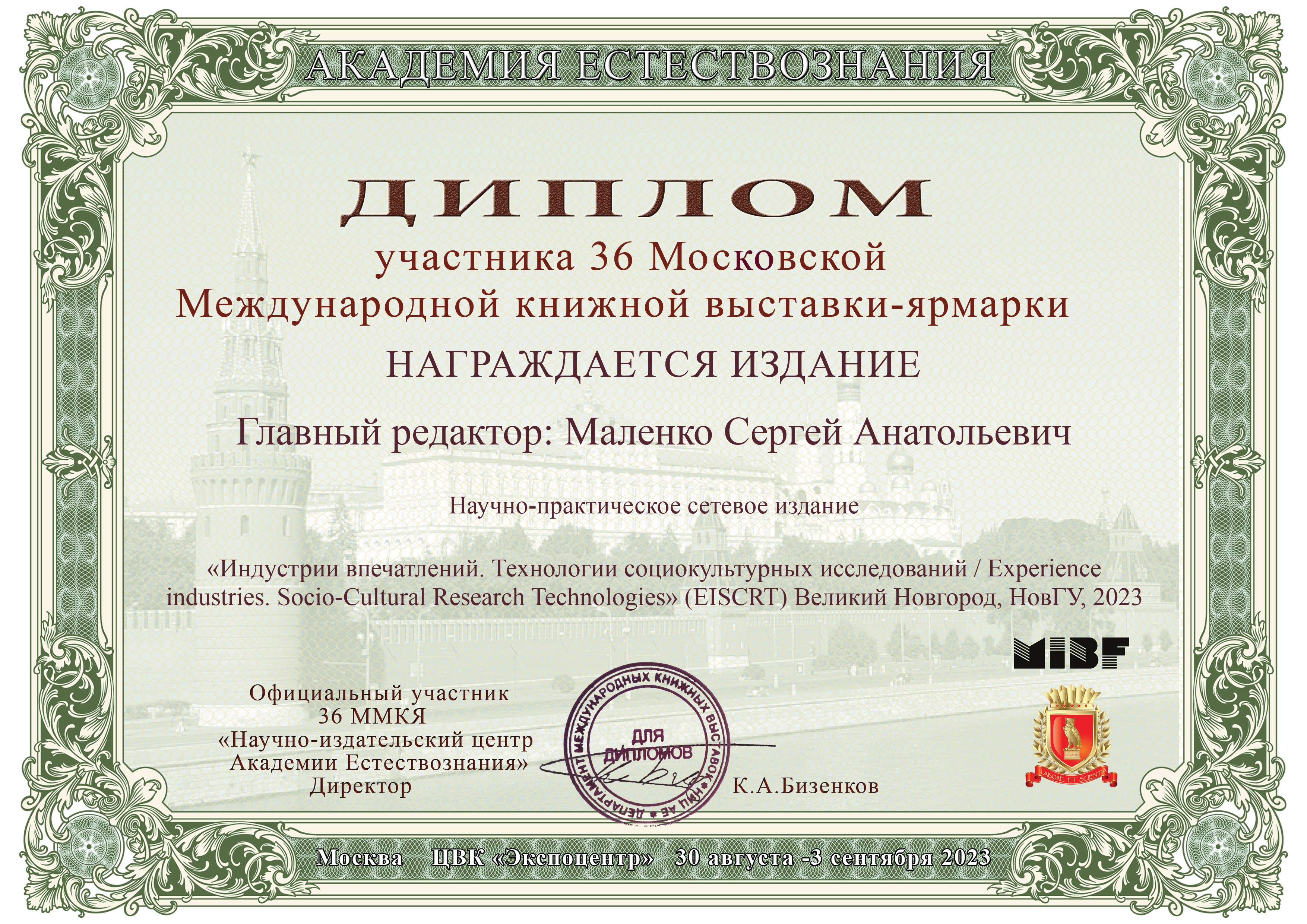THE PHENOMENON OF INTERETHNIC MASLENITSA: INNOVATIVE PRACTICES OF PRESENTING COLLECTIVE IDENTITIES IN THE RUSSIAN MULTICULTURAL ENVIRONMENT
DOI:
https://doi.org/10.34680/EISCRT-2025-1(10)-146-178Keywords:
identity, Russia, presentation, multiculturalism, interethnic Maslenitsa, acculturation, national and ethno-cultural communitiesAbstract
The article analyzes the formats and scenarios of designing and promoting collective identities in the political and cultural realities of the Russian Federation. The goal of many of them, especially those initiated at the political level, is to develop and strengthen collective ideas about the unity of the Russian people, anchored by common values of civic patriotism, but at the same time preserving national and cultural diversity. For this purpose, the tools of mass culture are actively used, including the practice of reformatting and recoding, saturating the content and semantics of cultural phenomena with multinational content, the meanings and narratives of which were previously deciphered differently in the minds of the majority of the population. Among the examples confirming the thesis is the celebration of the international Carnival. At the same time, various ways of presenting collective identity by national, ethnocultural, and religious communities, including migrant communities, are analyzed, striving to adapt to Russian conditions, while preserving their identity and avoiding acculturation. The wide representation of such communities online and offline also contributes to the formation of a multicultural and multinational image of Russian society.








